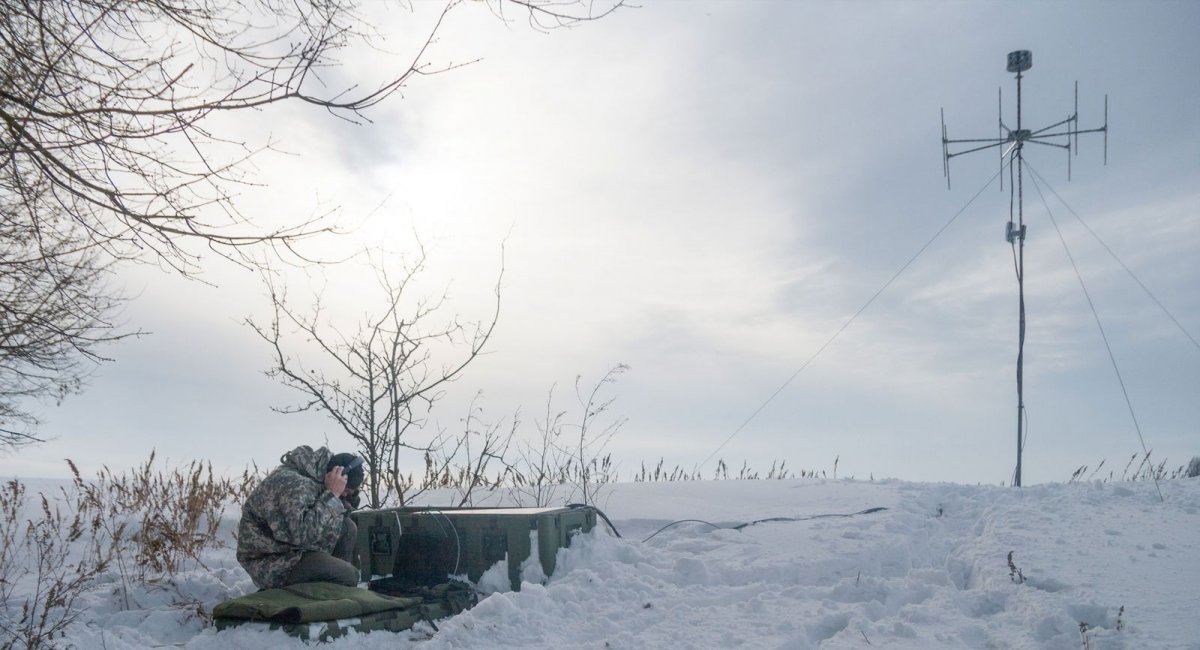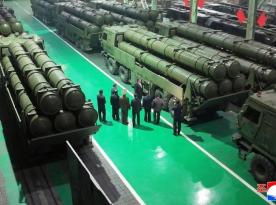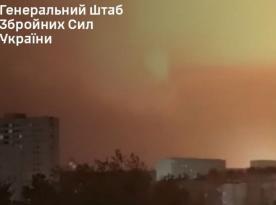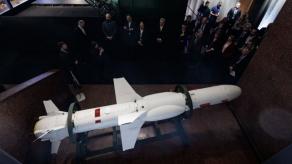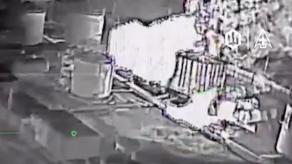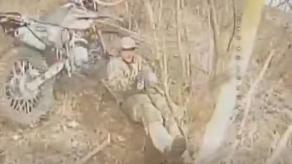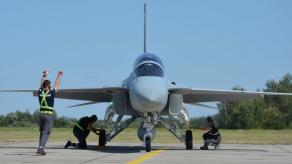Hindered communication is one of the most critical problems the russian army is facing in Ukraine, multiple russian so-called "military correspondents" mentioned in their social media channels, as they pinpoint the root of the issue — namely, the ELINT systems widely deployed by the Ukrainian Defense Forces.
In particular, they complain about the Plastun portable direction finding system, manufactured by Ukrainian-based Infozahyst. And it's not the specifications of this system that are so concerning as the integrity of the ELINT coverage they provide due to the sheer quantity of Plastuns placed along the frontline.
Read more: How Does Signal Intelligence Work in Practice: Specialist on His Experience Operating "Plastun" System
Moreover, the russians are mad that their analysis of this Ukrainian device was supposed to be published by a "big mass medium" but didn't receive the green light from the censorship, probably because the text contains critique directed at Yevgeny Burdinsky, russian general in charge of overseeing mobilization efforts, they assume.
The bloggers note that Ukrainian forces are able to constantly monitor the operational situation 5 to 20 km deep into their positions with high accuracy of geographical coordinates, identification, and occasionally wiretapping into tactical-link radio comms.
As a result, the Ukrainians can urgently launch strikes, in which case reconnaissance UAVs act as a supportive means of visual confirmation of the target and results of the strike, whereas the initial target data from ELINT is usually enough to launch the attack. In practical terms, it means Ukrainian artillery or other units engaged for the strike don't need to waste time waiting for the drone to deploy on the spot and confirm the information from the antennas.
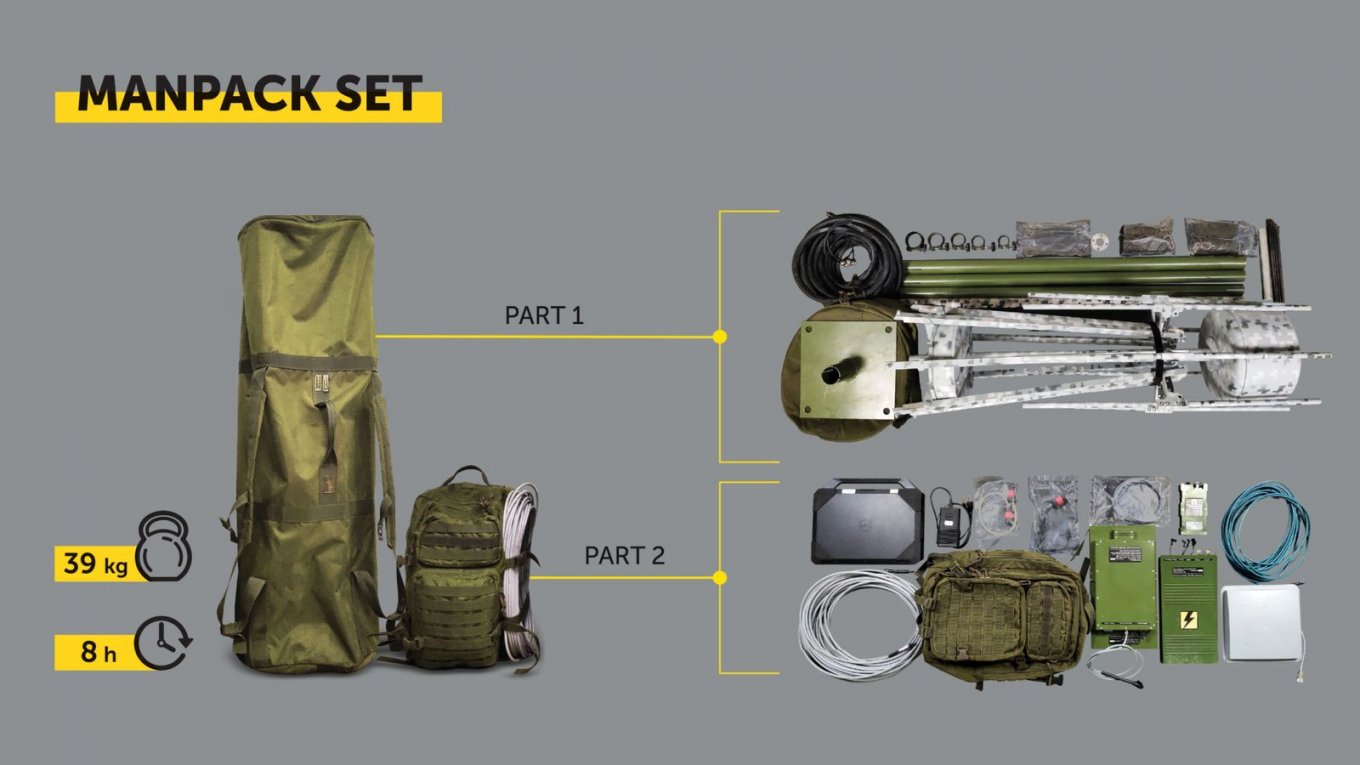
On a reminder note from Defense Express, the Plastun system is a passive direction finding system, purposed for:
- detecting signals emitted by communication systems, including those employing FHSS, and finding the direction they are coming from;
- locating the radio emission source and displaying its coordinates in real time
- creating and updating of an electronic environment map;
- ciphered data exchange to update and clarify the location of emission sources and their characteristics.
Earlier Defense Express explained how the Plastun is operated from a practical perspective of one such system's operators and covered some other notable EW and ELINT solutions from Infozahyst, actively used on the frontline, like the Gekata unmanned airborne radar, or its ground-based alternative, the Archont radar detector.
The company's representative also claimed that one of their developments basically single-handedly forced the russians to give up on using a particular type of drone because way too many UAVs were lost to the Ukrainian EW.
Read more: New Saniya EW System Seeks to Protect russian Tanks From FPV Drones, But Where's Overhyped Volnorez?




